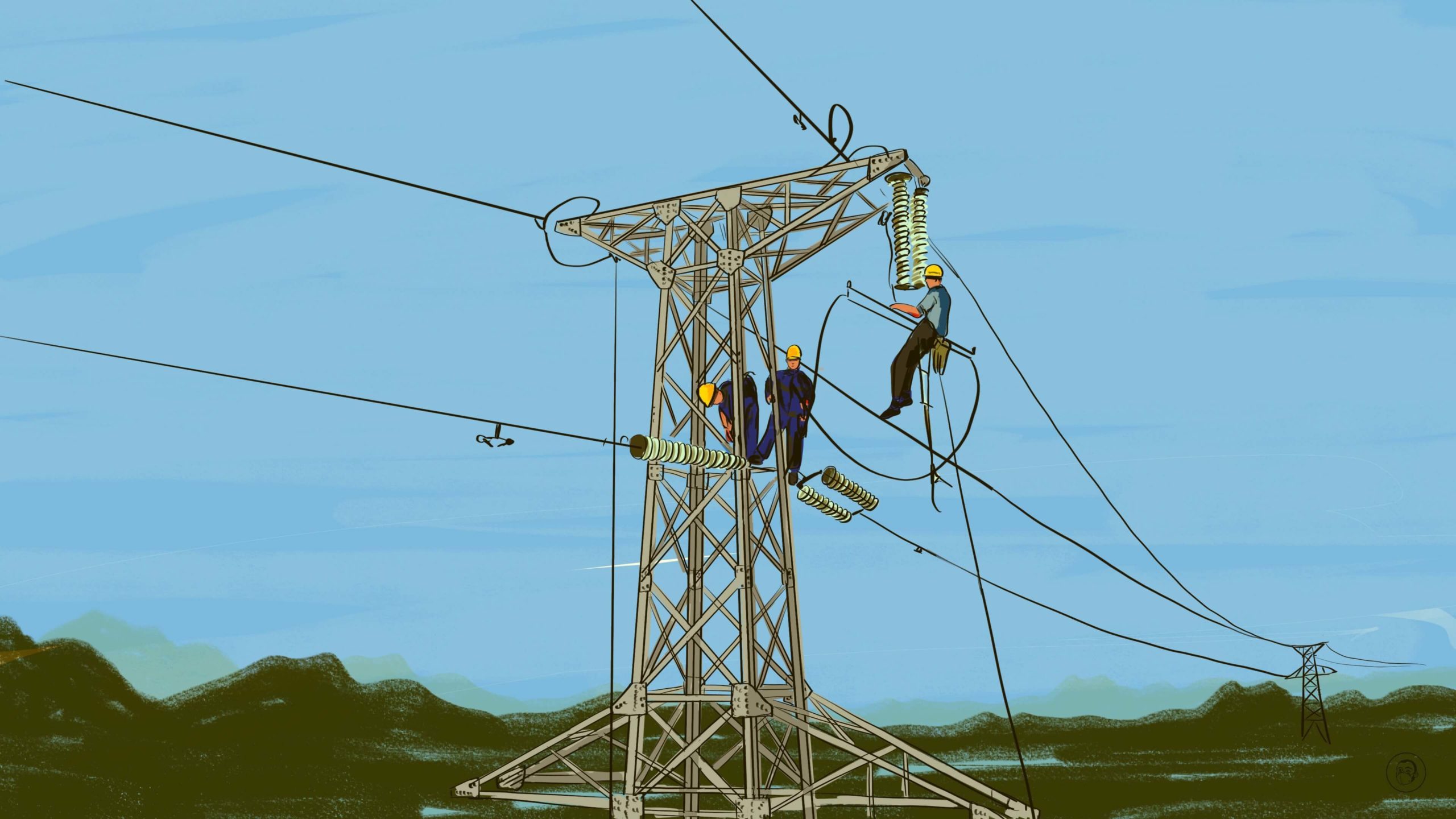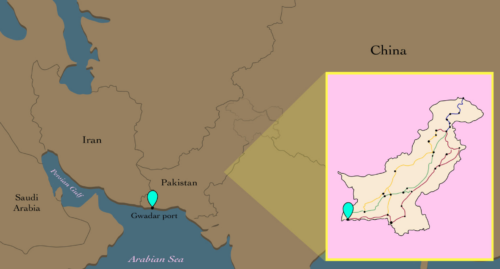Power flows west to east with a new transmission line of over 1,300 miles
After a summer of power cuts around the country, the newest ultra-high-voltage line of China’s West-to-East Power Transmission Project is nearing completion, which will help feed the insatiable demand of the power-hungry coastal regions.

The Baizhe Line has crossed the river
Yesterday, one of the longest new electric power lines under construction in China crossed the Yangtze River near Chongqing.
The new 800-kilovolt (kV) ultra-high-voltage (UHV) direct current (DC) line is being built by State Grid Corporation 国家电网. It originates at the 16-gigawatt (GW) Baihetan hydropower project on the Jinsha River, a tributary of the Yangtze River, in Sichuan Province. When complete, the Baihetan-Zhejiang Line, abbreviated to the Baizhe Line, will have a total length of 2,140 kilometers (1,329 miles), pass through Chongqing, Hubei Province, and Anhui Province, and terminate in coastal Zhejiang Province,
The Chongqing section of the Baizhe Line, of which construction started in October 2021, is 331 kilometers (205 miles) long with 641 transmission towers, and is now 98.3% completed. Each transmission tower is 189.2 meters (620 feet) high, equivalent to a 60-story building, and weighs 909 tons.
When the full Baizhe Line is put into operation in November 2022, it will deliver around 30 billion kilowatt hours (kWh) of clean electricity from Baihetan to Zhejiang annually, reducing coal consumption by about 10.57 million tons and carbon dioxide emissions by about 19.19 million tons.
All power flows west to east
As a component of the 14th Five-Year Plan, the Baizhe Line is the latest in a long string of power transmission projects, dating back to the 1980s, forming part of the great West-to-East Power Transmission Project (西电东送 xīdiàn dōngsòng). The goal of this long-running project is to transfer energy from China’s northern and western regions (rich in coal) and the southwestern region (rich in hydropower) to China’s energy-deficient and power-hungry eastern coastal regions.
In May 1984, construction was completed on the first eastward transmission line, a line of 500 kV from Datong in Shanxi Province to Beijing. In April 1992, the Chinese government officially approved the construction of the Three Gorges Hydropower Station — a massive engineering project to construct huge dams on the Yangtze River. In 1999, the State Council approved a plan to develop China’s western regions, and in 2001, construction commenced on the East-to-West Power Transmission Project, which consists of three corridors:
- Southern: Hydropower and thermal power from Yunnan Province and Guizhou to Guangdong Province.
- Middle: Hydropower from the Three Gorges Dam through the upper reaches of the Yangtze River from Sichuan Province to eastern regions and Guangdong Province.
- Northern: Hydropower from the Yellow River and thermal power from Shanxi Province and Inner Mongolia to Beijing, Tianjin, and Shandong Province.
By the end of 2020, the total capacity of the West-to-East Power Transmission Project exceeded 58 million kW.
Major developments in 2022
This year’s extreme weather has caused power shortages, and last year, a variety of factors, including climbing coal prices, combined to cause an energy crisis, but China’s power planners are determined to ensure a steady energy supply in the future.
China’s economy may have slowed down in 2022, but it’s been a big year for power line construction. The Baizhe Line is just one of the infrastructure and power projects that has been in the news this year:
- The Baihetan-Jiangsu Line, with a length of 2,080 kilometers (1,292 miles), became operational, running from Sichuan Province through Chongqing, Hubei Province, and Anhui Province to Jiangsu Province, and with a total investment of 30.70 billion yuan ($4.43 billion).
- The Zhejiang section of the Baihetan-Zhejiang Line, with a length of 113 kilometers (70 miles), was completed at a cost of 29.9 billion yuan ($4.31 billion).
- Although it first entered service in 2016, the Ningxia-Zhejiang Line, with a length of 1,720 kilometers (1,068 miles), transferring coal power for the first time, entered full operation in July.
- In August, the Shanxi-Jiangsu Line, with a length of 1,119 kilometers (695 miles), which spans six provinces and was first put into operation in 2017, reached a monthly high of 4.98 billion kWh of electricity transmission, an increase of 33.6% month-on-month and 51.4% year-on-year, and the highest monthly level achieved on this line to date.
Partly as a result of all of this activity, State Grid, the state-owned giant that controls most of the country’s power generation and transmission, was last week named China’s largest company by market capitalization.






